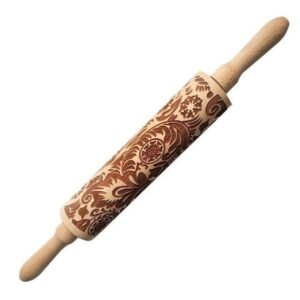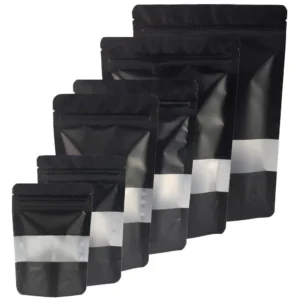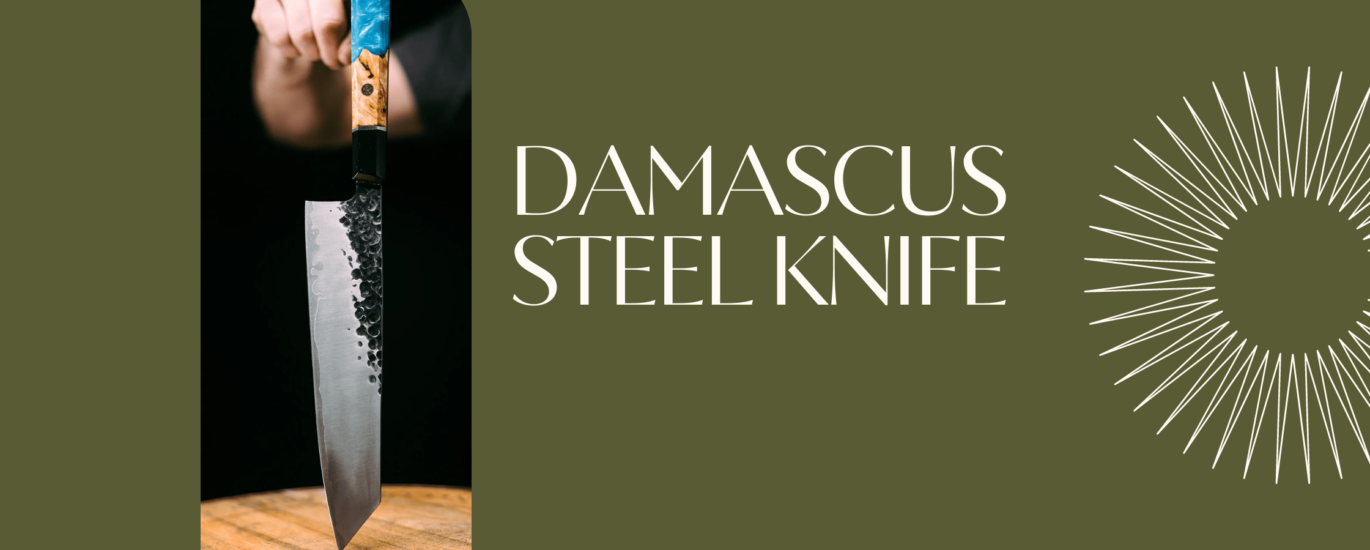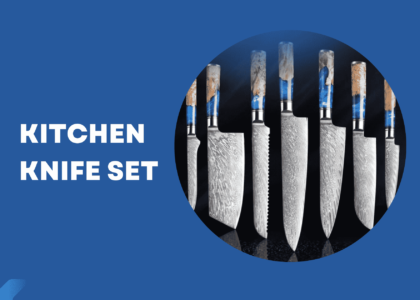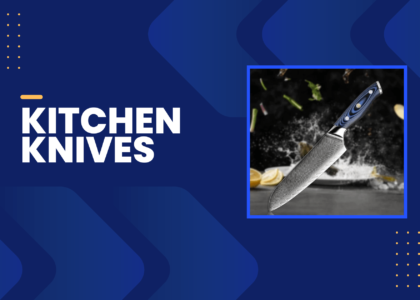Introduction
The Damascus steel knife is not just a tool; it’s a legend steeped in history and imbued with modern charm. In this series, we embark on a journey to unravel the mystique surrounding these exceptional blades.
Brief History and Legends Associated with Damascus Steel

Damascus Steel, renowned for its distinctive patterns and legendary sharpness, has carved its name into the annals of metallurgical history. Originating from India and the Middle East, the steel was named after the city of Damascus, a crucial city in the ancient trading routes where it was sold. The legends of Damascus steel often revolve around its ability to:
- Effortlessly slice through other metals
- Maintain its sharpness even after extensive use
- Exhibit a water-like pattern on the blade
| Century | Event |
|---|---|
| 3rd | Initial development and use of Damascus steel |
| 17th | Decline in the production of Damascus steel |
| 21st | Revival and modern adaptations of Damascus steel making |
The Allure of Damascus Steel in Modern Times
In contemporary times, Damascus steel knives are not just tools but are often considered pieces of art due to their beautiful and unique patterns. The modern technique of creating Damascus steel involves forging together multiple layers of steel to create a strong and remarkable blade. This method not only ensures the durability of the knife but also provides it with its signature aesthetic appeal.
- Highly sought after by collectors and chefs
- Praised for its durability and edge retention
- Admired for its unique and attractive patterns
Moreover, the historical background of Damascus steel has always fascinated metallurgists and blacksmiths, inspiring them to explore and innovate new methods of crafting. The Damascus steel knife is not merely a cutting tool but a symbol of craftsmanship and ancient metallurgical excellence, bridging the past and present through its enduring relevance and esteemed reputation in the knife-making world.
The Making of Damascus Steel
The Ancient Technique of Forging Damascus Steel
The ancient methodology behind crafting Damascus steel is shrouded in mystery and enriched with fascinating tales of unparalleled sharpness and strength. Historically, Damascus steel was produced using a method known as pattern welding. This involved:
Step 1: Layering iron and steel
Step 2: Forging the metals together through hammering
Step 3: Repeating the process to create several layers
This meticulous process resulted in a blade that was both tough and flexible, capable of maintaining a sharp edge through rigorous use. The ancient Damascus steel was renowned for these properties, making it a preferred choice for weaponry and tools.
Modern Methods of Creating Damascus Steel: Multiple Layers Forging
In contemporary blacksmithing, the creation of Damascus steel has adapted to utilize modern technologies and materials while still honoring traditional techniques. The modern method involves:
- Selecting two types of steel
- Layering and welding them together
- Forging the metals into a billet
The modern Damascus steel still retains the characteristic patterns and legendary strength of its ancient counterpart, albeit being produced with slightly different materials and methods. The process of layering or “folding” the steel is what gives Damascus steel its distinctive patterns and strength.
The Distinctive Markings and Patterns of Damascus Steel
The allure of Damascus steel extends beyond its physical properties to its visually striking appearance. The patterns on Damascus steel are formed due to the variations in steel and iron layers, which create wave-like patterns on the blade. These patterns can be manipulated through:
- The number of layers
- The folding technique
- Acid etching
| Technique | Purpose |
|---|---|
| Layering | Creating the initial patterns |
| Folding | Enhancing and multiplying patterns |
| Etching | Highlighting the patterns on the blade |
These markings are not merely aesthetic; they also serve as a testament to the skill of the blacksmith and the quality of the steel. Each Damascus steel knife is unique, with patterns varying based on the techniques and materials used, making each piece a unique work of art.
Types of Damascus Steel Knives
Damascus Steel Kitchen Cutlery and Chef Knives
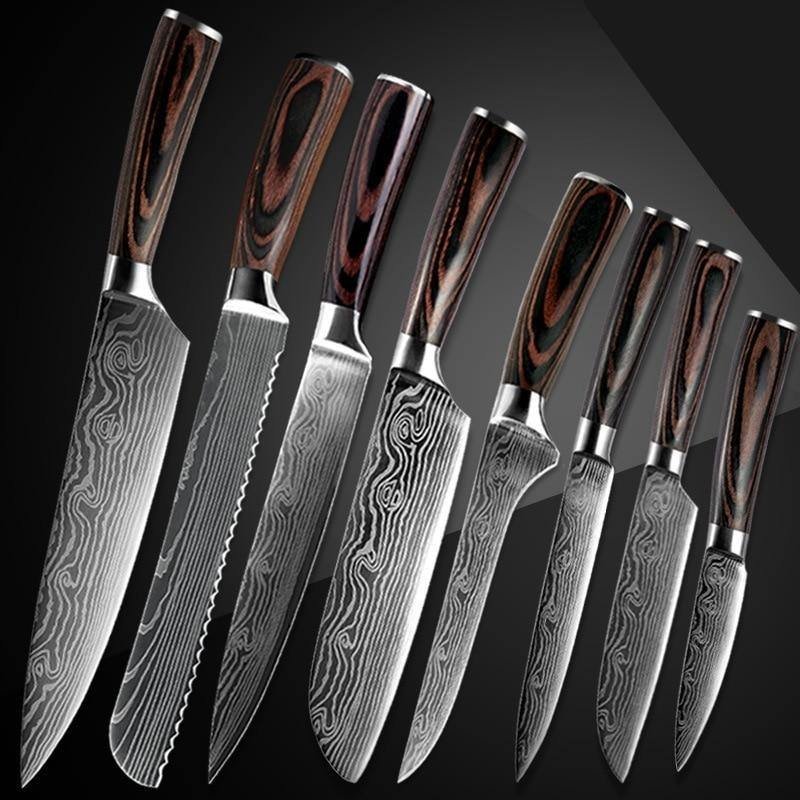
In the culinary world, Damascus steel knives are a symbol of precision, durability, and artistry. Chefs and culinary enthusiasts often seek Damascus steel kitchen cutlery due to its:
- Exceptional sharpness
- High durability
- Stunning visual appeal
| Feature | Benefit |
|---|---|
| Sharpness | Ensures precise and clean cuts |
| Durability | Maintains quality through extensive use |
| Visual Appeal | Adds an aesthetic element to the culinary experience |
The intricate patterns of Damascus steel not only provide a visually pleasing aspect but also offer functional benefits, such as reduced sticking of food items to the blade. Thus, Damascus steel chef knives are not merely tools but a blend of functionality and artistry in the kitchen.
Damascus Steel Pocket Knives and Folding Knives
Damascus steel pocket knives and folding knives are cherished by collectors and everyday users alike. The compact nature, combined with the strength and beauty of Damascus steel, makes them:
- Highly functional
- Visually striking
- Collectible items
Damascus Steel Hunting Knives and Bowie Knives
When it comes to outdoor activities like hunting, Damascus steel hunting knives and Bowie knives are often sought after for their:
- Robustness
- Sharpness
- Durability
| Property | Importance in Hunting |
|---|---|
| Robustness | Withstands rigorous use |
| Sharpness | Ensures clean and efficient cuts |
| Durability | Maintains performance over time |
The resilience and sharpness of Damascus steel make it an ideal choice for hunting knives, ensuring they perform exceptionally in the demanding conditions of the outdoors. Bowie knives, with their distinctive shape and historical significance, crafted from Damascus steel, become a symbol of strength, tradition, and craftsmanship in the realm of hunting and outdoor activities.
Benefits of Owning a Damascus Steel Knife
Strength and Durability of Damascus Steel
The robust nature of a Damascus steel knife is one of its most celebrated attributes. The meticulous layering and forging process not only create a visually stunning pattern but also results in a blade that is renowned for its:
- Incredible strength
- High resistance to shattering
- Long-lasting durability
| Quality | Importance in a Knife |
|---|---|
| Strength | Handles rigorous use without breaking |
| Durability | Ensures a longer lifespan of the knife |
These characteristics make Damascus steel knives not only a tool but a reliable companion in various activities, from culinary arts to outdoor adventures.
Aesthetic Appeal: Unique Patterns and Designs
Damascus Steel is synonymous with elegance in the realm of metallurgy. The unique patterns, formed through the intricate process of folding and forging, present a visual spectacle that is both ancient and modern. These knives are:
- Visually striking
- Uniquely patterned
- Artistically appealing
Each Damascus steel knife is a piece of art, reflecting the craftsmanship and history embedded in its creation, making it a cherished item for collectors and users alike.
Sharpness and Edge Retention
When it comes to functionality, the sharpness and edge retention of Damascus steel are unparalleled. These knives are:
- Exceptionally sharp
- Capable of maintaining their edge for a prolonged period
- Efficient in cutting with precision
The meticulous crafting process ensures that the knives do not dull easily, providing a consistently sharp edge that chefs, hunters, and collectors value highly. This enduring sharpness makes Damascus steel knives a preferred choice for those who require reliability and efficiency in their cutting tools.
Conclusion
Damascus steel knives carry with them a rich, storied history that transcends mere utility. These blades, known for their distinctive patterns and remarkable durability, have been celebrated across centuries and cultures. The legacy of Damascus steel is not only preserved in the annals of metallurgical history but also continues to be revered in modern craftsmanship. The blend of historical and metallurgical significance, coupled with a unique aesthetic appeal, ensures that Damascus steel continues to be a cherished entity in the world of knives.
FAQs
How to Identify Genuine Damascus Steel?
Identifying genuine Damascus steel involves examining its unique, wavy patterns, ensuring it’s not merely etched on, and verifying the hardness and durability of the blade.
How to Care for and Maintain a Damascus Steel Knife?
Maintaining a Damascus steel knife involves regular sharpening, oiling to prevent rust, and safe storage to preserve its edge and distinctive patterns. Proper care ensures longevity and performance.
What Makes Damascus Steel Knives More Expensive Than Regular Knives?
Damascus steel knives are pricier due to the complex manufacturing process, unique patterns, and the high-quality performance of the steel, making them both functional and decorative.
Is Damascus Steel Good for Knives?
Yes, Damascus steel is excellent for knives due to its remarkable sharpness, edge retention, and the aesthetic appeal of its distinctive, wave-like patterns.
What is Special About Damascus Knives?
Damascus knives are special for their historical significance, unique, mesmerizing patterns, and superior performance in terms of sharpness and durability, making them coveted items.
Is Real Damascus Expensive?
Yes, real Damascus tends to be expensive due to the labor-intensive forging process, quality of materials, and the historical and artistic value it holds.
Why is Damascus So Expensive?
Damascus is expensive due to the intricate manufacturing process, high-quality materials, and the skill required to create the distinctive patterns and ensure optimal performance.
Frequently Linked Pages
1. Damascus Blade – The Art and Allure of Damascus Blade
2. What Is Damascus Steel – Unveiling the Mysteries: What Is Damascus Steel and Its Remarkable History
3. Knife Damascus – Unveiling the Craftsmanship of Knife Damascus: A Comprehensive Guide




